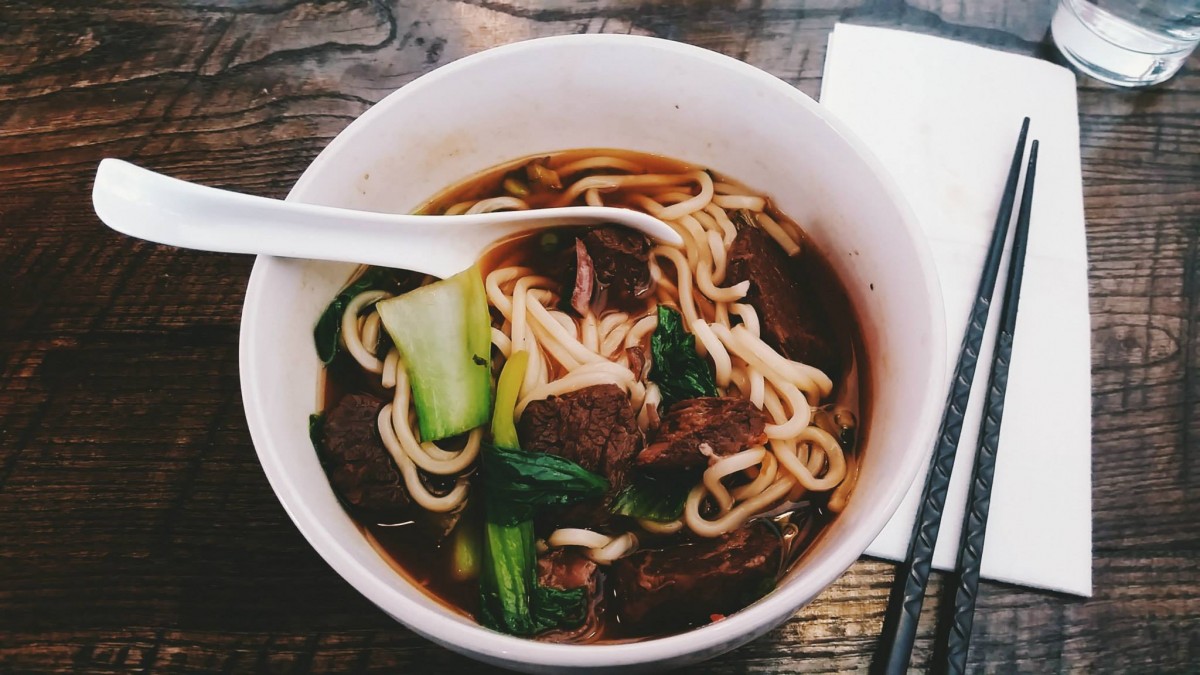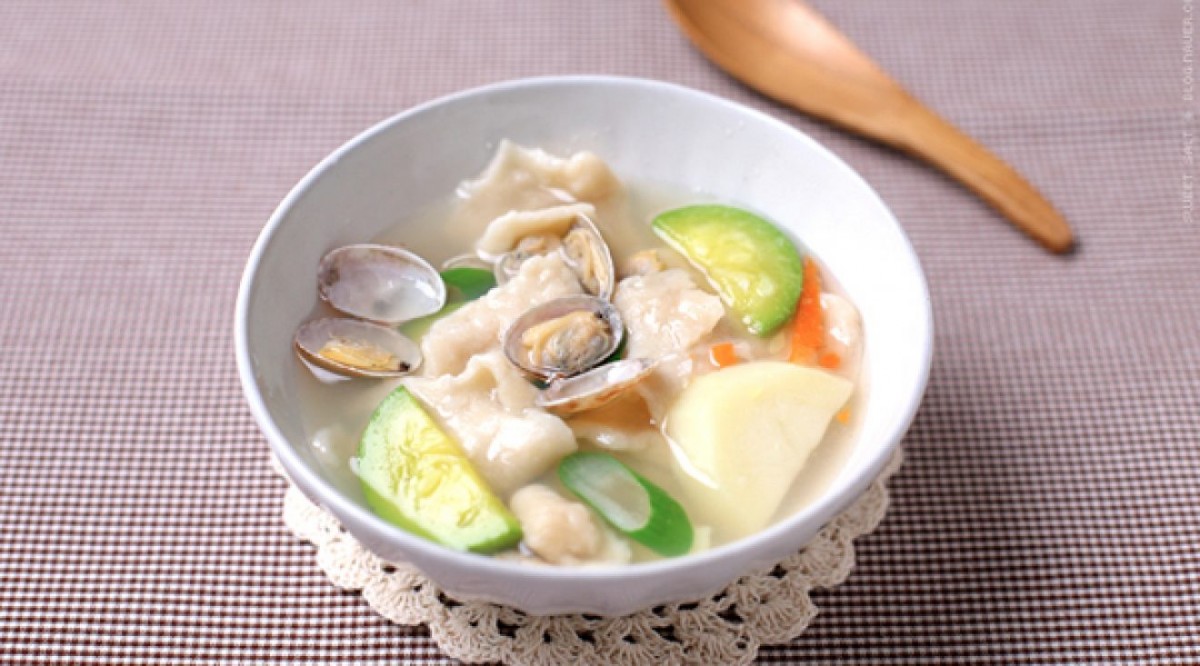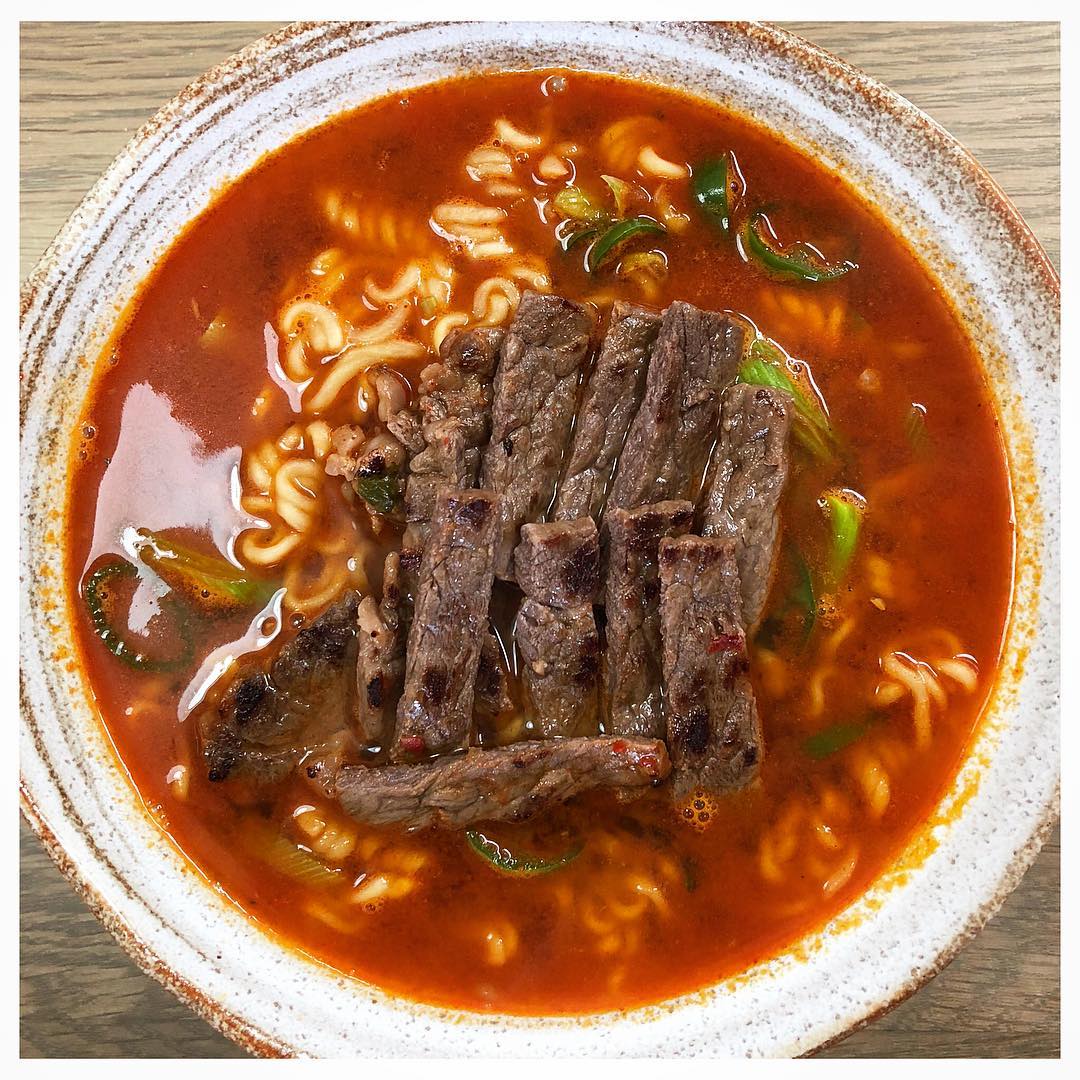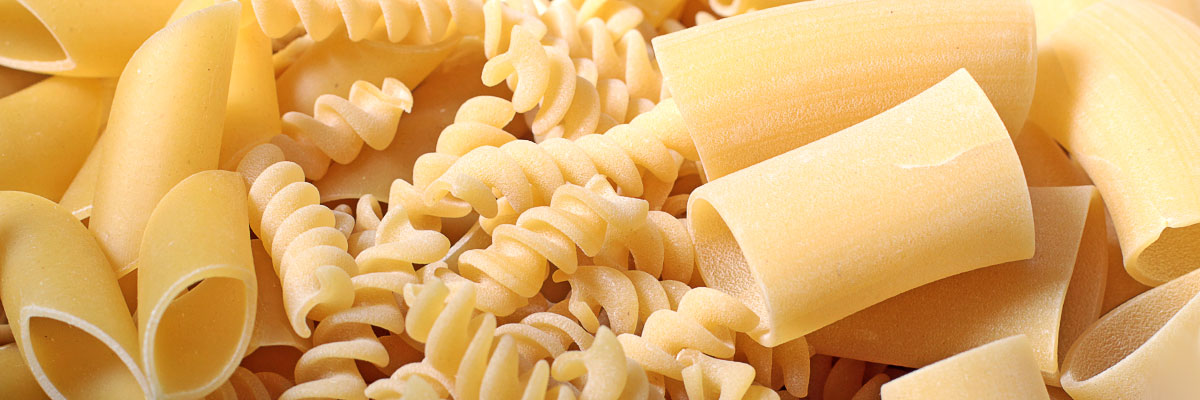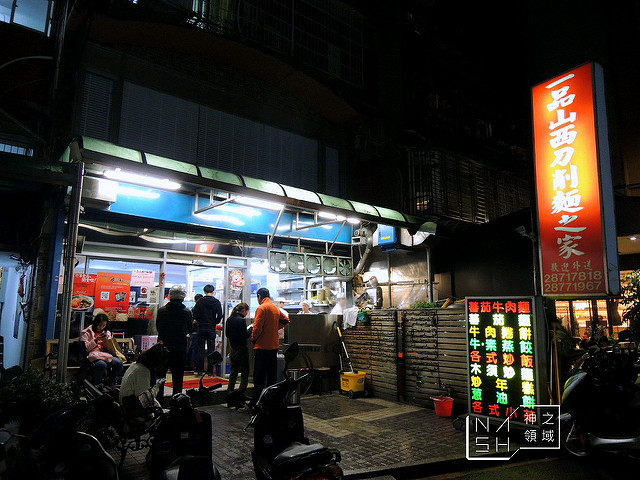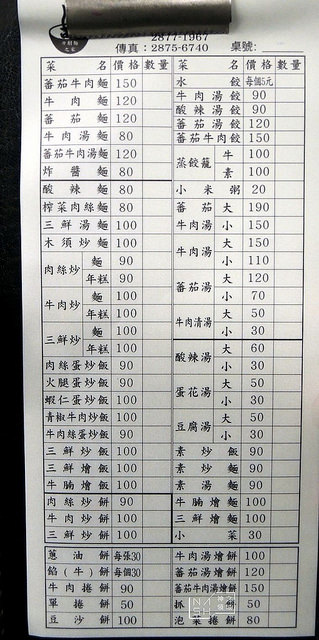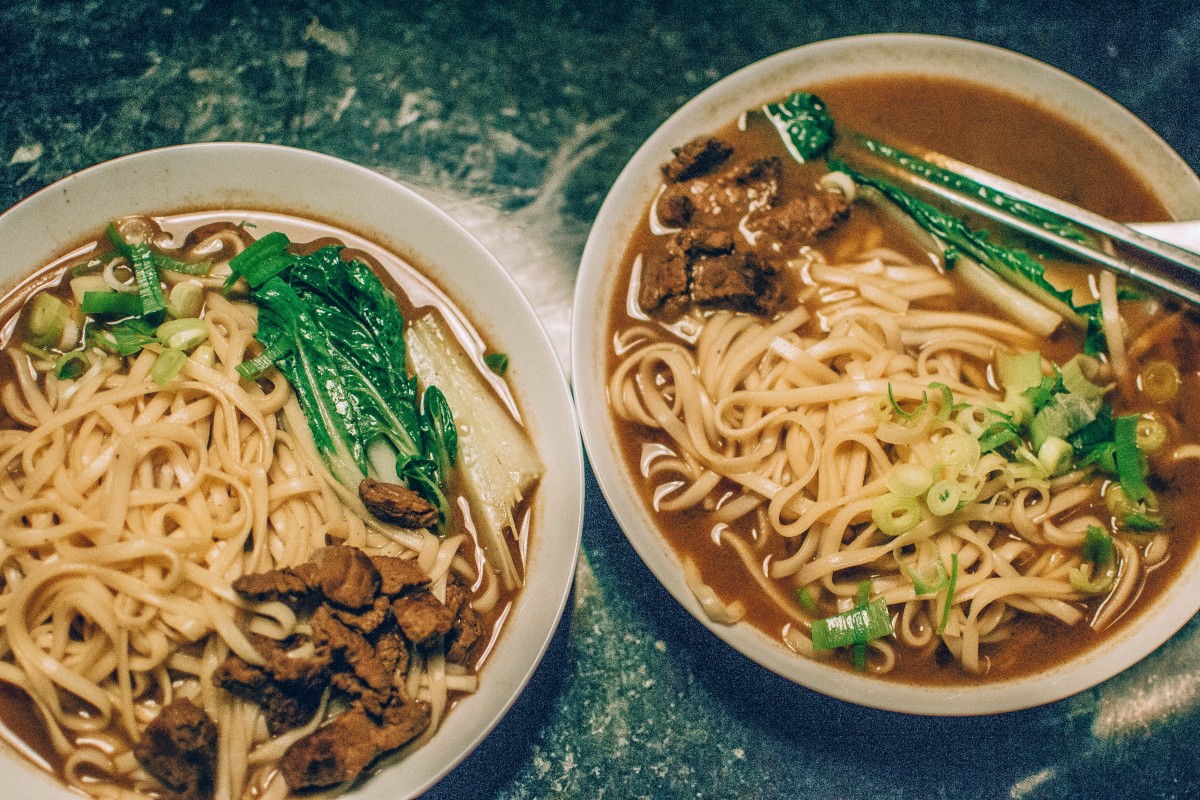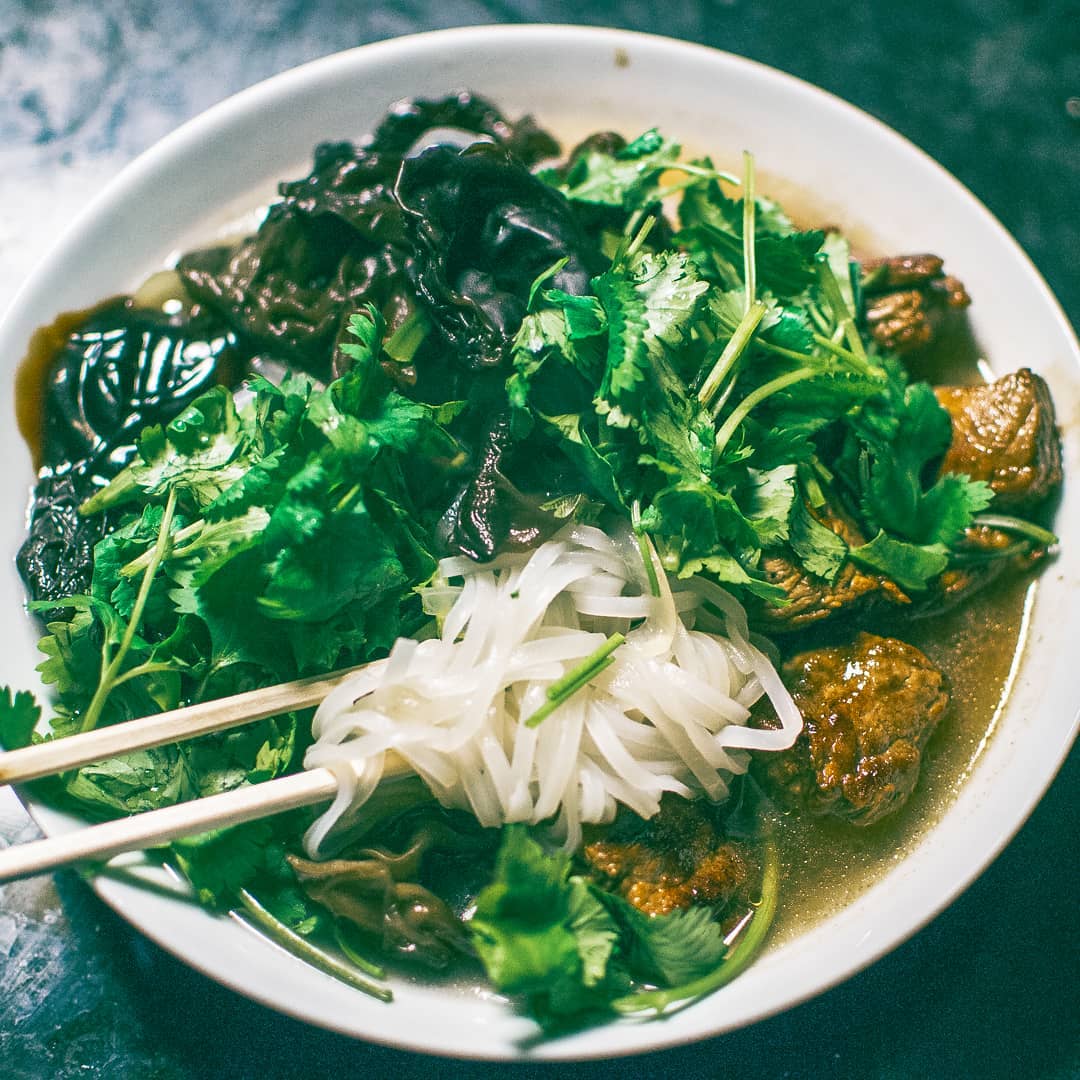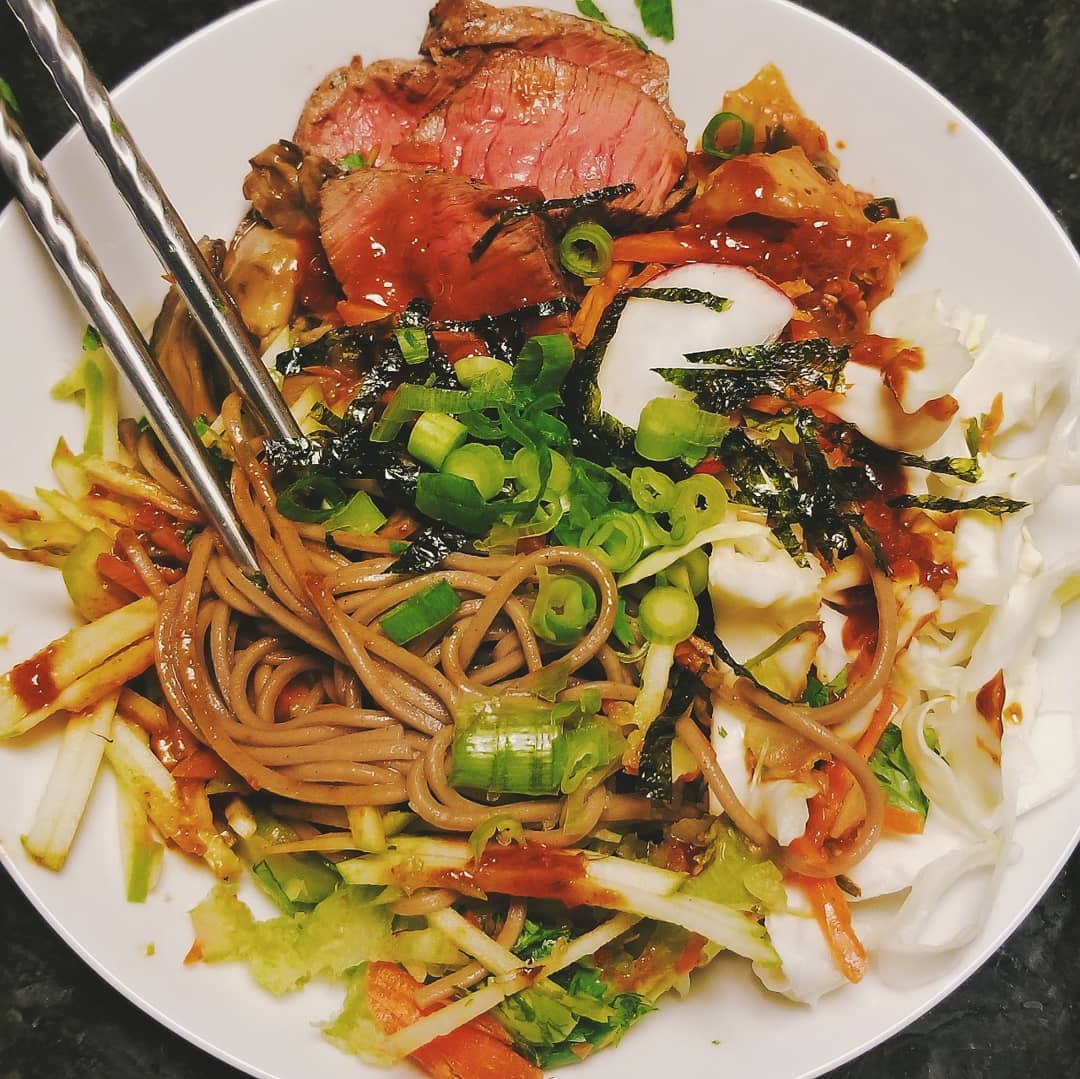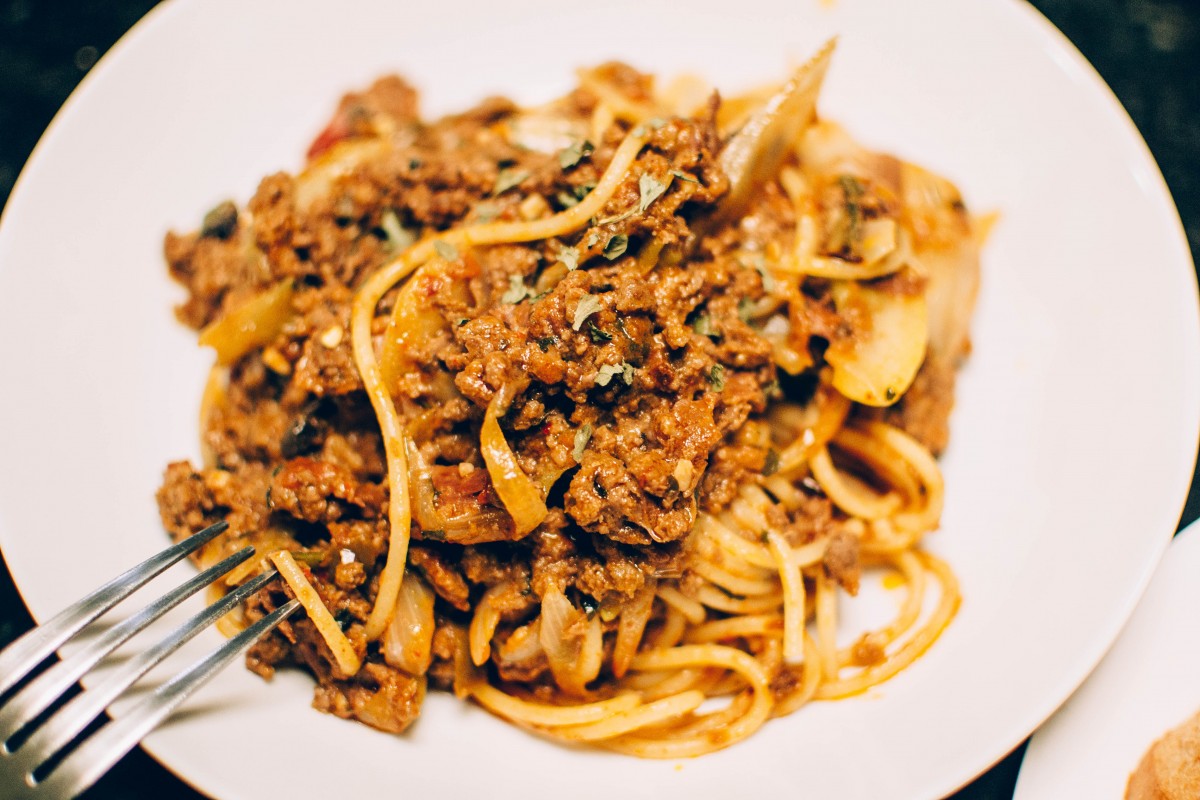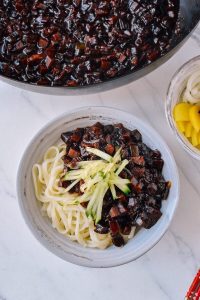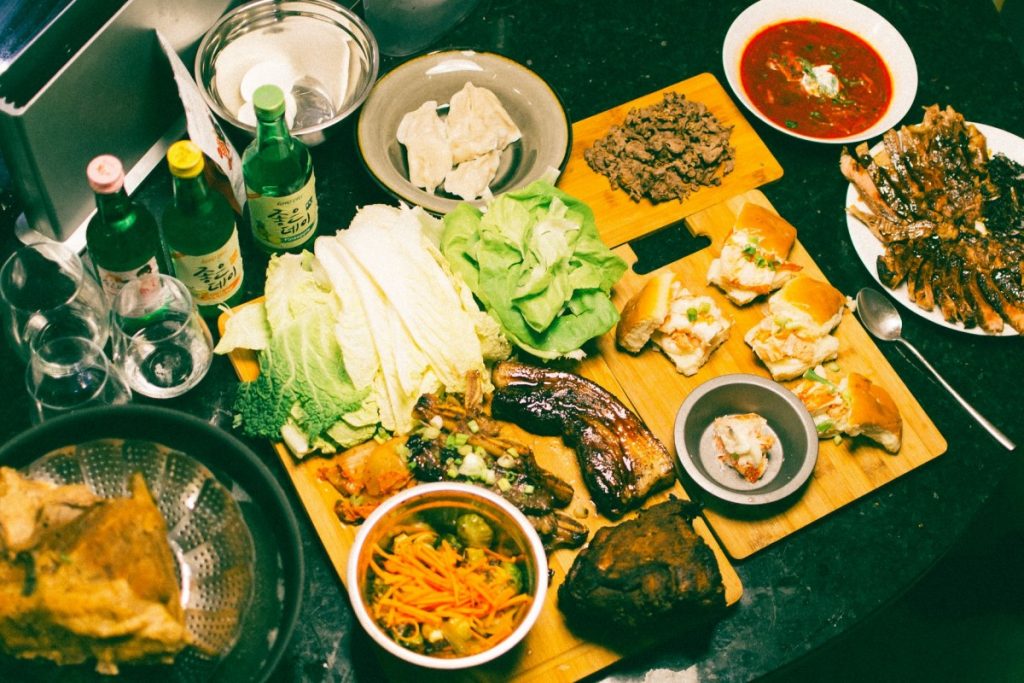Alvin (Jun Young) Choi
Professor Ristaino & Professor Hong
CHN 375W
29 June 2018
History of the Tomato in Italy and China
The history of tomatoes in Chinese and Italian cuisine is a surprisingly short but still interesting one. Two of my favorite dishes, spaghetti allo scoglio (seafood pasta) and 番茄紅燒牛肉麵(tomato beef noodle soup), are both defined by how they use tomatoes in similar but radically different ways. The subtle distinctions in taste, texture, and appearance in each dish create flavor experiences that are distinct and memorable. In the case of spaghetti allo scoglio and other Italian dishes, tomatoes are one of the central ingredients in Italy’s cuisine and are a significant part of its worldwide popularity. However, the use of tomato sauce with pasta is a relatively recent innovation, only beginning in the late 19th century. Similarly, tomatoes were previously limited to a summertime staple in Chinese cuisine, though they are currently gaining popularity due to their incorporation into many popular dishes, such as the aforementioned tomato beef noodle soup. The changing role of tomatoes in both Italian and Chinese cuisine is a reflection of how tomatoes themselves have been viewed throughout the centuries. The production, distribution, and consumption of tomatoes have all undergone radical changes over the years due to improving technology and changing cultural mores, ultimately resulting in the predominant role that they now have. From a shunned vegetable that was once associated with Satanism, tomatoes have taken center stage in Italian cuisine and are becoming an increasingly important part of Chinese cuisine, changes that will no doubt accelerate in the years to come.
The late entrance of the tomato into Italian cuisine is partially explained by the fact that the plant is not native to Italy, or to Europe for that matter. Tomatoes originated in the New World, beginning as a wild plant found in Ecuador, Peru, and northern Chile, eventually migrating north, where the Mayans and Aztecs modified them into larger, more edible varieties. It is from the Aztecs that the name “tomato” was fashioned, from their word for the plant, “tomatl.” Tomatoes entered the European consciousness following the conquest of the Aztecs by Spanish conquistador Hernan Cortes, as colonists procured samples of the strange new vegetable and sent them home. Tomatoes reached Italy in 1548, where they were given a chilly-but-curious reception at first due to their unusual qualities. They were initially associated with eggplants, another foreign vegetable that had been introduced to Europe from abroad, in this case from the Middle East. Much like tomatoes, it took hundreds of years for eggplants to become an accepted ingredient in the Italian diet, and both vegetables were believed to cause malign effects to the body. Because European colonists were not interested in learning about the cuisines of the New World peoples they conquered, they lacked the proper knowledge on how to prepare tomatoes, potatoes, and other New World crops to make them edible and tasty. This was a significant reason why it took so long for the tomato to gain traction in Italian cuisine. Further compounding the problems with the tomato’s acceptance was a general distrust of vegetables by Renaissance dieticians. Many dieticians and botanists advised against consuming vegetables due to the belief that they harmed the body and sapped vitality from the human mind. While there is little evidence to suggest that this kept most Italians from consuming vegetables they were already familiar with, it did little to aid the introduction of tomatoes into the Italian diet. Tomatoes were nicknamed the “devil’s fruit” due to their red appearance and the belief that they were responsible for causing illnesses and food poisoning. At the time, Italian cuisine was also defined by strict separations in regards to class and location, with different social strata and different regions preferring different types of vegetables. The wealthy classes in Italy were more experimental with their diets, often trying out different types of vegetables—including tomatoes—before these habits filtered down to the lower classes.
At the beginning of the 18th century, the tomato began to acquire increasing significance in the Italian diet due to changing cultural mores and dietary practices. Breakthroughs in dietary science showed that tomatoes, when properly cooked and prepared, were an essential source of nutrition, capable of aiding the digestion of foods. However, it was not until the 19th century that many of the staple tomato dishes of Italy began to emerge. The 19th century saw the rise of nationalism across Europe, as various subjugated peoples sought to throw off the shackles of old empires. Italy was a major flashpoint for nationalist uprisings, and the tomato rapidly developed into a unifying symbol of Italian cuisine, distinguishing it from the neighboring French and Austrians. The Italian national flag, which incorporated red as part of a tricolor design, helped reinforce the tomato as a major staple in the Italian diet. Indeed, a great many Italian dishes developed around this time deliberately incorporated red, white, and green colors as a way of reinforcing national pride. For example, spaghetti al pomodoro, pizza margherita, and insalata caprese each rely on tomatoes to provide the red in the red-white-green trio. In combination with the rise of Italian nationalism, Italian immigration to the U.S. and other New World countries helped spread Italian cuisine—and its tomato-based character—around the planet.
The role of tomatoes in Chinese culture has followed a similar trajectory to their introduction in Italy. Tomatoes arrived in China sometime in the late 16th or early 17th centuries, where they initially met a reaction that was equal parts confused and curious. Tomatoes were labeled “foreign eggplants” due to their superficial resemblance to eggplants and were initially viewed with skepticism. The Register of Flowers《群芳谱》written in 1621 records: “Fan Persimmon, a June persimmon, is a type of persimmon that is four or five feet tall, has leaves like celery wormwood and knots of four or five… originated from the West, hence the name.” — the word “fan” of tomato originates from its foreign origin. Over time, tomatoes won greater acceptance in Chinese cooking and found a niche in certain Chinese cuisines, though not to the degree with which they became ubiquitous in Italy. In particular, the invention of stir-fried tomato and scrambled eggs was a breakthrough in Chinese culinary development, placing the tomato front and center in China’s dietary revolution.
Scrambled eggs with tomatoes are an ordinary dish in many families. In China, scrambled eggs have a history of at least two thousand years. The book Qimin Yaoshu《齊民要術》written by Jia Weijun of the Northern Wei Dynasty recorded the practice of scrambled eggs at the time: “(The egg) was broken, and the yellow and white were mixed. Fine white onion, salt rice, glutinous rice, sesame oil.” Although scrambled have such a long history, the method of scrambling eggs was not popular. It was also in the Ming Dynasty that tomatoes came to China. About the first time in the Wanli Period of the Ming Dynasty, Looking through the historical data of this period, what we often see is that the ancients described tomatoes as “red and round, cute and lovely,” but they have not been able to establish any connection with eggs and tomatoes. Until the 1880s, when the Qing Dynasty was in the Guangxu period, the evaluation of tomatoes in various localities was still “playable” and “inedible.” By the end of the Qing Dynasty and the beginning of the Republic of China, there were more western restaurants in the country. Tomatoes were widely used as food ingredients in Western food; they were involved in the farmers around the city where the western restaurant was located, trying to grow tomatoes and sell them to Western restaurants. From the perspective of climate in all parts of the country, there are many places suitable for planting tomatoes. Therefore, tomato cultivation has begun to spread in the suburbs of some cities, and tomatoes have gradually entered the recipes of the country; this conditioned the grounds for the stir-fry tomato and scrambled eggs. Traditional Chinese chefs did not accept Western-style dishes at first, and tomatoes were viewed as an ingredient for Western food. In the 1920s and 1930s, some Chinese restaurants that dared began to mix Chinese and Western cuisine. Because tomatoes are widely used in western foods as tomato sauces, most of the Chinese and Western combination dishes in this period used tomato sauce, such as peach blossom, shrimp, chrysanthemum and so on. In 1935, Lao She, a Chinese novelist, wrote two small articles “Tomato” 《西红柿》and “Talking about Tomatoes” 《再谈西红柿》. Although the main idea of these two articles does not provide methods of eating tomatoes, valuable information can be gained from them: suburban farmers sell most of the tomatoes to western restaurants, and the price is also low. At that time, the method of eating tomatoes was nothing more than raw and cooked. When the tomatoes were eaten raw, there were “green smells.” Many people were not used to it. It is worth noting that Mr. Lao She still did not mention tomato scrambled eggs at this time. The tomato dishes he listed in the article are tomato shrimps based on tomato sauce. However, through Mr. Lao She’s article, we can judge that the birth of scrambled eggs from tomatoes is very close, not only because the article reflects that Chinese food has accepted tomatoes, and more importantly, the price of tomatoes is low and sufficient. These were critical conditions for an ordinary dish.
Real tomato scrambled eggs, which appeared around the 1940s. During the Anti-Japanese War, Mr. Wang Zengqi was studying at the Southwest Associated University. He lived in Kunming for seven years before and after. He had eaten real tomato scrambled eggs in local restaurants. “Scramble eggs, fry tomatoes until broken, still fragrant, not weak, eggs into large pieces, not dead. Tomatoes and eggs are mixed, the color is still distinct.” The memoirs written by Mr. Wang Zengqi in the past decades can still make the color and aroma of the scrambled eggs of tomatoes come to us through words. That is, since the 1940s, the home-cooked dish of tomato scrambled eggs has officially appeared. In the following 70 years, it has swept China’s land. Although the appearance of scrambled eggs with tomatoes has gone through two thousand years of waiting and 40,000 miles of encounters, it is still worthwhile to think of its color, nutrition, cheapness, and convenience. Consumption of tomatoes in China was fueled by scientific research showing that eating them can reduce the risk of certain types of cancers. Tomato contains antioxidant lycopene, which can prevent prostate cancer. Some research have also extracted substances from tomatoes to treat high blood pressure.
Italian and Chinese cuisine are both defined by their use of tomatoes, which produces superficially similar but radically different results. Both Italians and Chinese use tomatoes as part of noodle dishes, but the exact structure of these dishes is considerably different. Italian noodles, known as pasta, are known for their strong, earthy taste, one that is paired well with tomato sauce and tomatoes in general. Pasta also comes in many different shapes and sizes, meaning that anyone can find a type of pasta that appeals to them. In contrast, Chinese noodles are more uniform and tend to have a sweeter, weaker taste. This is because Chinese cuisine focuses on making all ingredients included blend into a harmonious whole, rather than having one or two ingredients stand out. The use of tomatoes in Chinese dishes is part of this: they are used more sparingly compared to Italian dishes, designed to complement rather than overpower the dish as a whole. Because tomatoes lack the significance in Chinese culture that they hold in Italian culture—as a symbol of nationalism—tomatoes are not used to the degree that they are in Italy. The cuisines of both nations also feature strong variation depending on the region. In the case of Italy, there is a general shift in culture going from north to south, where northern cuisine tends to be blander and more “Germanic” while the southern and Sicilian cuisine is spicier. This is due to the differing cultural traditions of these parts of Italy: Sicily and southern Italy were profoundly influenced by the Arabs and Middle Easterners, while Austrians and Germans influenced northern Italians. Similar shifts in taste can be seen in Chinese cuisine, where dishes from southern provinces and cities are known to be spicier than those from the north. These regional differences are the result of cultural separation and climate and have played an integral role in the depth and extensiveness of each nation’s cuisine.
It is hard to believe that tomatoes, at one point, were utterly unknown in both Italy and China. Tomatoes have influenced the cuisines of both nations to such a degree that it is incomprehensible how their dishes would have developed without the fruits. Ultimately, tomatoes remain some of the most popular items on the menu for many people of the world, and in the case of Italians and Chinese, tomatoes have become a staple item that has taken on a significance beyond mere sustenance. Tomatoes, for both nations, are a symbol of national pride, cultural excellence, and culinary refinement. It is clear that the popularity of tomatoes in both nations will not only endure, but new permutations of the vegetable will continue to appear, further evolving their cuisines and refining them for the benefit of hungry people everywhere.
Bibliography
Gentilcore, D. (2010). Pomodoro!: A history of the tomato in Italy. New York: Columbia University Press.
History Of Tomatoes – History of Tomatoes – Healing Tomato. (n.d.). Retrieved from https://www.healingtomato.com/history-of-tomatoes/
She, L. (n.d.). Tomato 《西红柿》. Retrieved from http://www.bwsk.com/mj/l/laoshe/zw14/084.htm
Shi, S. (1962). A preliminary survey of the book Chi min yao shu: An agricultural encyclopaedia of the 6th century. Peking: Science Press.
Stott, R. (2017, November 14). When Tomatoes Were Blamed For Witchcraft and Werewolves. Retrieved from https://www.atlasobscura.com/articles/when-tomatoes-were-blamed-for-witchcraft-and-werewolves
“Strange” scrambled egg with tomato species history can be traced back to the period of Anti Japanese War. (n.d.). Retrieved from http://www.chinaisgood.com/wn/411/izczcndei.html
Yu, H., & Xiao, D. (2015). Sheng wu xun gu: Sheng wu li shi yu sheng wu ke ji. Beijing Shi: Xian dai chu ban she.
『怪奇物种』西红柿炒鸡蛋的历史,可以追溯到抗战时期. (n.d.). Retrieved from https://www.guokr.com/post/817857/


